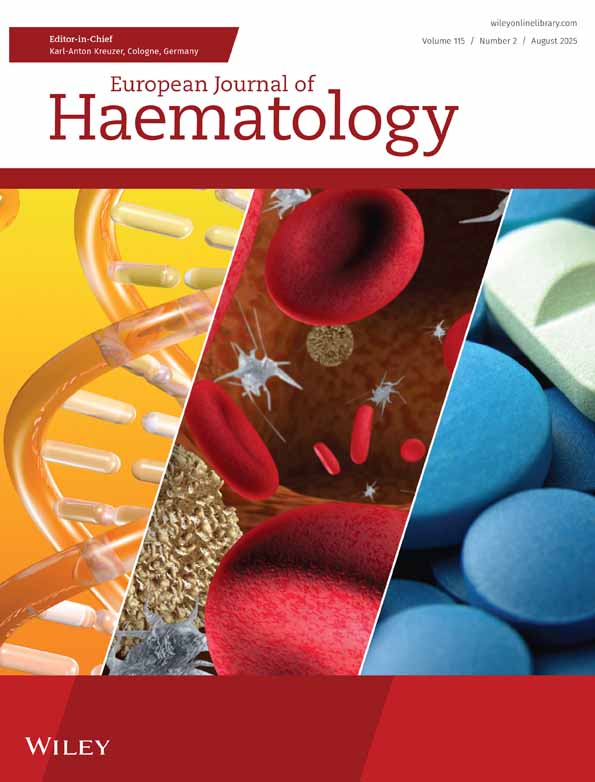Characterization of lymphocyte subsets in rhesus macaques during the first year of life
Abstract
Abstract: Establishing reliable phenotypic data sets from the analysis of peripheral blood lymphocytes of normal animals is required to assess disease states. The rhesus macaque animal model is well established with respect to adult animals, but limited data are available that characterizes lymphocyte subsets in normal neonates. To address this, we used four-color flow cytometric analysis to follow phenotypic changes in 29 normal rhesus animals through their first ten months of life. From birth to 44 wk of age, the white cell count and absolute lymphocyte count were both elevated compared to adults. CD4+ cells constituted over 80% of all T cells at birth, a percentage that declined gradually over the first 12 wk of life, coincidental with increases in the percentages of CD8+ T cells, CD3–8+ natural killer cells and CD20+ B cells. This difference in relative frequency of CD4 and CD8 results in a significant skewing of CD4:CD8 ratio from 0.7:1 in adults to 3.5:1 in neonates. In addition, the predominant population of T lymphocytes consisted of CD45RA+CD62L+ naïve cells. This subset continues to be the predominant phenotype for at least the first year of age. After birth the expression of activation markers (CD25) increased particularly on CD4+ T cells, although these levels generally reached a frequency similar to that observed in adults between 12 and 20 weeks after birth. These results are similar to those seen in humans and further confirm the reliability of the rhesus macaque animal model to study human diseases.




